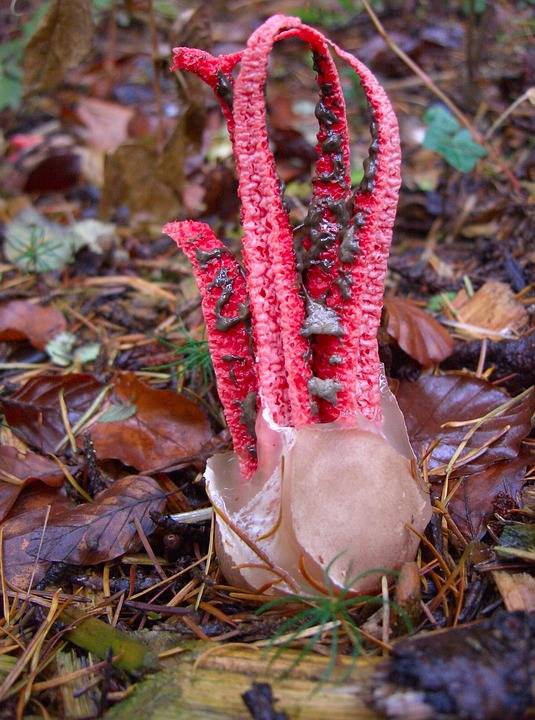Introduction
Cuttlefish is a popular seafood delicacy enjoyed by people around the world. As the demand for cuttlefish continues to rise, the debate between wild-caught and farmed cuttlefish has become more prominent. In this report, we will analyze the sustainability and profitability of both wild-caught and farmed cuttlefish models to determine which is the better option for businesses and the environment.
Wild-Caught Cuttlefish
Wild-caught cuttlefish are harvested from the ocean using fishing methods such as trawling, gillnetting, and handlining. The main advantage of wild-caught cuttlefish is that they are harvested from their natural habitat, which results in a higher quality product with a more distinct flavor. However, wild-caught cuttlefish populations are declining due to overfishing and habitat destruction. This has led to concerns about the sustainability of wild-caught cuttlefish and the long-term impact on marine ecosystems.
Sustainability of Wild-Caught Cuttlefish
The sustainability of wild-caught cuttlefish depends on the fishing practices used and the management of fish stocks. Some fisheries have implemented sustainable fishing practices, such as quota systems and gear restrictions, to prevent overfishing and protect cuttlefish populations. However, illegal, unreported, and unregulated (IUU) fishing remains a significant issue in many regions, leading to the depletion of cuttlefish stocks and harm to marine ecosystems.
Profitability of Wild-Caught Cuttlefish
In terms of profitability, wild-caught cuttlefish can be a lucrative business for fishermen and seafood suppliers. The market demand for wild-caught cuttlefish is high, especially in countries where it is a popular ingredient in traditional dishes. However, the fluctuating availability of wild-caught cuttlefish due to environmental factors and fishing regulations can impact the profitability of businesses that rely on this resource.
Farmed Cuttlefish
Farmed cuttlefish are raised in controlled environments, such as tanks or ponds, where water quality, feeding, and growth conditions can be monitored and optimized. Farmed cuttlefish are typically fed a diet of fishmeal, algae, and other nutrients to promote growth and ensure product quality. The main advantage of farmed cuttlefish is that they can help reduce pressure on wild populations and provide a consistent supply of seafood to meet consumer demand.
Sustainability of Farmed Cuttlefish
Farmed cuttlefish are considered a more sustainable option compared to wild-caught cuttlefish because they can help alleviate the pressure on wild populations and reduce the environmental impact of fishing. However, there are concerns about the environmental impact of aquaculture practices, such as water pollution, habitat degradation, and disease outbreaks. Sustainable aquaculture practices, such as integrated multi-trophic aquaculture (IMTA) and recirculating aquaculture systems (RAS), can help mitigate these issues and improve the sustainability of farmed cuttlefish production.
Profitability of Farmed Cuttlefish
Farmed cuttlefish can be a profitable business for aquaculture farmers and seafood suppliers. The controlled environment of aquaculture facilities allows for efficient production, consistent quality, and year-round availability of cuttlefish. Additionally, advancements in technology and feed formulations have improved the growth rates and feed conversion ratios of farmed cuttlefish, leading to higher profitability for businesses in the aquaculture sector.
Conclusion
In conclusion, both wild-caught and farmed cuttlefish models have their advantages and challenges in terms of sustainability and profitability. While wild-caught cuttlefish offer a higher quality product and market demand, concerns about overfishing and environmental impact remain. Farmed cuttlefish, on the other hand, provide a more sustainable option with controlled production and consistent supply but face challenges related to aquaculture practices and environmental sustainability. Ultimately, the choice between wild-caught and farmed cuttlefish will depend on a variety of factors, including market demand, environmental considerations, and business profitability. Businesses in the seafood industry should carefully weigh these factors to determine the best approach for their operations.



